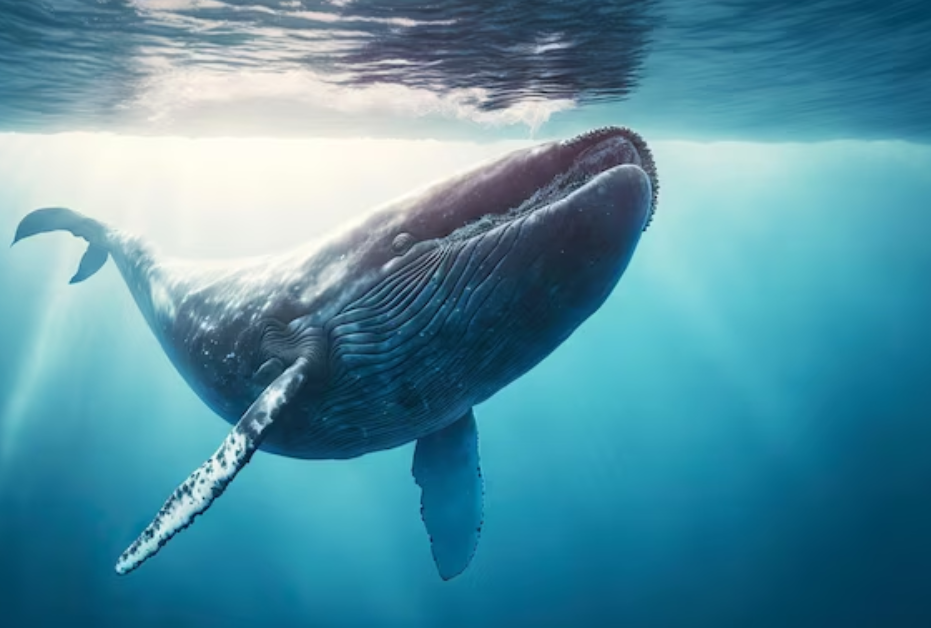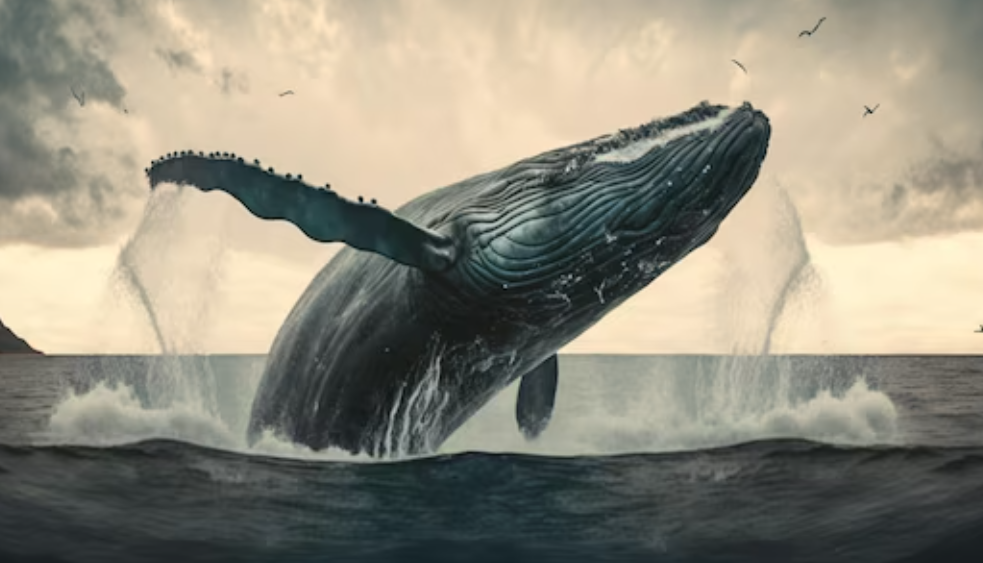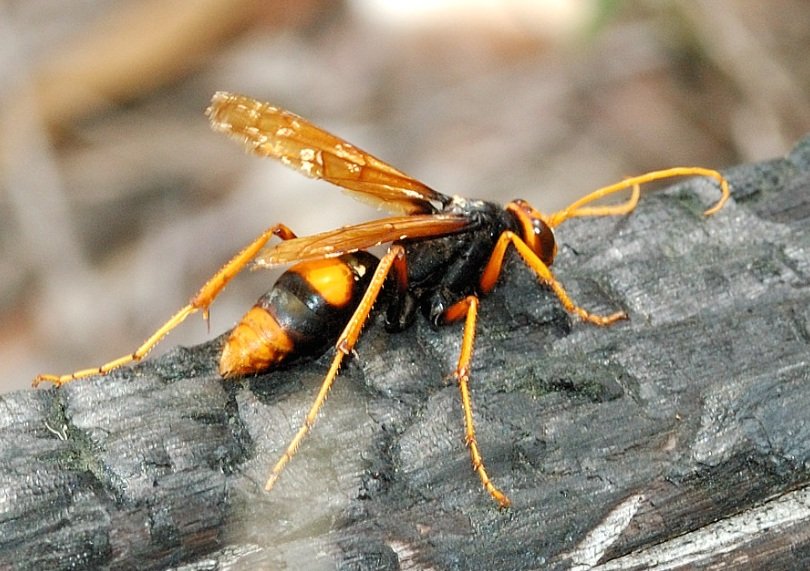
Different types of whales, including sperm whales and toothed whales
Among the largest creatures that have ever lived are whales, which are still the largest living mammals on Earth. With a maximum length of over 30 metres and a maximum weight of 180 metric tonnes, the blue whale is the largest animal that has ever existed. Whales are found in almost all of the world’s waters, and there are 13 distinct species and 89 recognised subspecies. The blue whale, the largest mammal in the water, and the sperm whale, the largest toothed whale, are among them. More facts about whales are:
Majestic creatures and their unique place in the animal kingdom
All whales have sleek, smooth bodies that are covered in thick layers of fat known as blubber, which helps keep them warm. Whales spend around 20 percent of their waking hours in the open ocean and 80 percent of their time in shallow coastal areas. Fish and squid are the main sources of food for toothed whales like bottlenose, killer, and sperm whales, whereas baleen whales like blue, humpback, grey, minke, and bowhead whales filter tiny food particles from ocean waters.
Communication facts about whales: human interactions
The highly intelligent mammals known as whales use a range of noises to communicate with one another, from whistles and clicks to pulsating cries. Whales remain in families and develop strong social ties; they often navigate in pods made up of young whales and families. Since the 19th century, whaling—the practice of shooting whales for their flesh and oil—has resulted in sharp drops in whale populations. Because of human activity and the degradation of their natural habitats, certain species are still in danger today. Whales are peaceful, intelligent animals who are crucial to the health of our ocean ecosystems, despite their size.
Diversity in size, appearance, and behaviour among different whale species
The waters across the globe are home to amazing animals called whales. Belonging to the same family as dolphins and porpoises are these gorgeous maritime mammals: the cetaceans. Whales have grabbed humans’ fascination for ages due to their enormous size and unique adaptations.
Whales’ enormous size is one amazing truth about them. The blue whale is the largest mammal that has ever existed, making it the largest creature on Earth. These gentle giants are over 200 tonnes in weight and may reach lengths of up to 100 feet. The weight alone of the heart of a blue whale is equivalent to that of a little automobile.

Streamlined bodies, flippers, and tail flukes that aid in swimming
Another remarkable trait of whales is their excellent communication abilities. For long-distance communication, they use a range of vocalisations, including songs and clicks. Whales are able to maintain communication even in large maritime areas since these noises may travel for kilometres across the water. In addition, many species of whales are well-known for their acrobatic performances, which include jumping out of the water and slapping their tails on the surface, possibly to signal or attract potential partners. These actions demonstrate the remarkable species’ social and intellectual abilities. The waters across the globe are home to amazing animals called whales.
Fascinating facts about whales, their behaviour, and their incredible underwater world
They captivate people’s attention worldwide since they are the largest marine mammals. We’ll look at some fascinating facts about whales in this blog article, including their amazing size, peculiar behaviour, and traits.
1. Mass and Dimensions
Whales are renowned for their enormous size; some species may grow to be over 200 tonnes in weight and reach lengths of up to 100 feet. The largest animal on Earth, for example, is the blue whale, which is larger than even the largest dinosaurs that have ever existed. Their huge bulk is supported by a skeleton composed of cartilage and sturdy bones.
2. Food and Feeding Customs
The majority of whales’ diet consists of carnivorous organisms, including fish, krill, and squid. Depending on the species, they use different eating strategies. Baleen plates at the lips of baleen whales, including humpback and grey whales, serve as filters to catch tiny food while letting water pass through. Toothed whales, including sperm and killer whales, can hunt and catch bigger prey because of their strong teeth.
3. Transition
The remarkable migratory patterns of whales are well known. Between their eating and breeding sites, many species traverse great distances. An animal that travels nearly 10,000 miles a year is the grey whale, whose migration is one of the longest documented. These voyages often include traversing significant maritime areas while being directed by magnetic fields, heavenly signs, and other environmental elements.
4. Exchange of ideas
Being extremely gregarious animals, whales use a number of communication techniques to interact with one another. They vocalise in a variety of ways, including as whistles, clicks, and songs. These noises, which have a wide range of applications underwater, include locating potential partners, marking territory, and directing group activities. Certain species—like humpback whales—are especially renowned for having intricate and melodious sounds.
5. Vitality
Considering the lifespans of many other species, whales have rather lengthy lives. While each species has a different, precise lifetime, some whales may live for many decades. One of the longest-living mammals on Earth is the bowhead whale, whose lifetime is estimated to be around 200 years. The longevity of whales may be impacted by several factors, including sickness, predation, and environmental circumstances.
6. State of Conservation
Threats to the survival of several whale species exist today. Whale populations are declining due to a number of issues, including overhunting, pollution, habitat damage, and climate change. Globally, efforts are underway to preserve and safeguard these amazing animals. International commissions, like the International Whaling Commission, have been set up to control whaling operations and encourage conservation efforts.

Majestic creatures and their unique place in the animal kingdom
Whales are amazing animals that have a significant impact on the marine environment. They are a topic of tremendous interest and research due to their sheer size, eating habits, migratory patterns, communication systems, and lengthy lifespans. We must cooperate in order to guarantee the survival and preservation of these magnificent creatures so that future generations may enjoy and respect them as we continue to learn more about them.


